How can a massive fast-food franchise ensure 100% hand washing compliance among its employees?A 2015 Health design studio attempted to answer this question with their proposed solution, Cheerwash, an inviting smart sink that guided users through handwash protocol.
My Fall 2016 Interactive Products research group brought this concept to life and commenced with user testing in collaboration with Chick-fil-A. As the main researcher on this project, I built the electronic infrastructure and carried out all the user testing of primary interactions.
Major fast food franchises are taking hygiene more serious than ever before as there have been several high profile bacteria breakouts recently within the industry. Chick-fil-A is committed to taking preventative measures and ensuring safe clean environments for employees and patrons. The stakeholder's hand washing protocol was thoroughly examined prior to automating the initial Cheerwash design.

Below, one can see both the initial prototype concept and flowchart associate with how users will interact with the Cheerwash smart sink.


Prior to building out the electronics for Cheerwash, we had to decide on a form factor that both stayed true to the original UX goals of the system, while working with materials commonly available within our lab space. At this point, this project was not yet funded.
Below exemplifies some of the ideation iterations for the guidance display of Cheerwash.


Pictured below are the first iteration, static for demonstration purposes, the second interactive iteration for demonstration and user testing, and an alternative 3rd iteration built to test the concept with a traditional text display to generate comparison/control data.




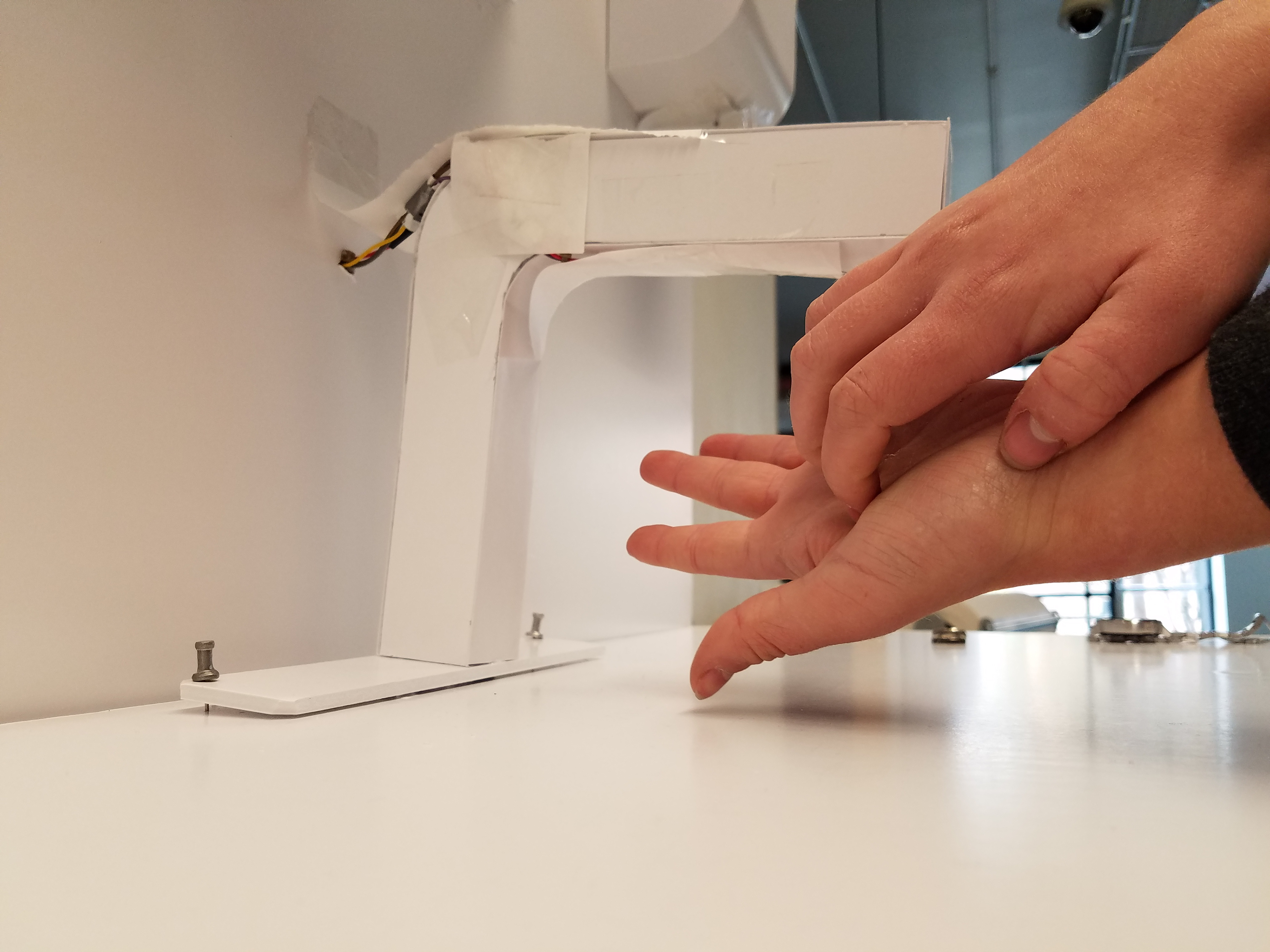
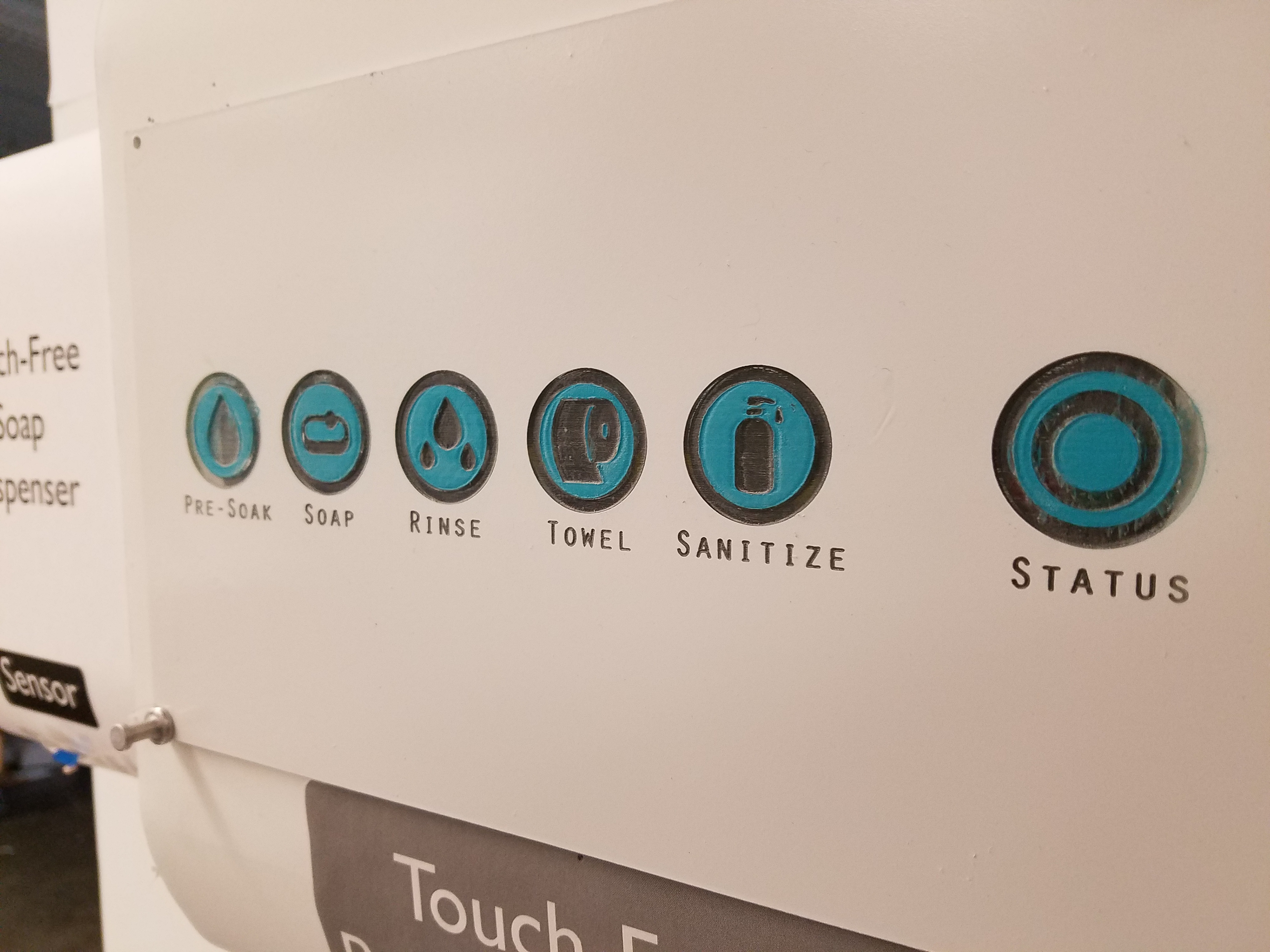

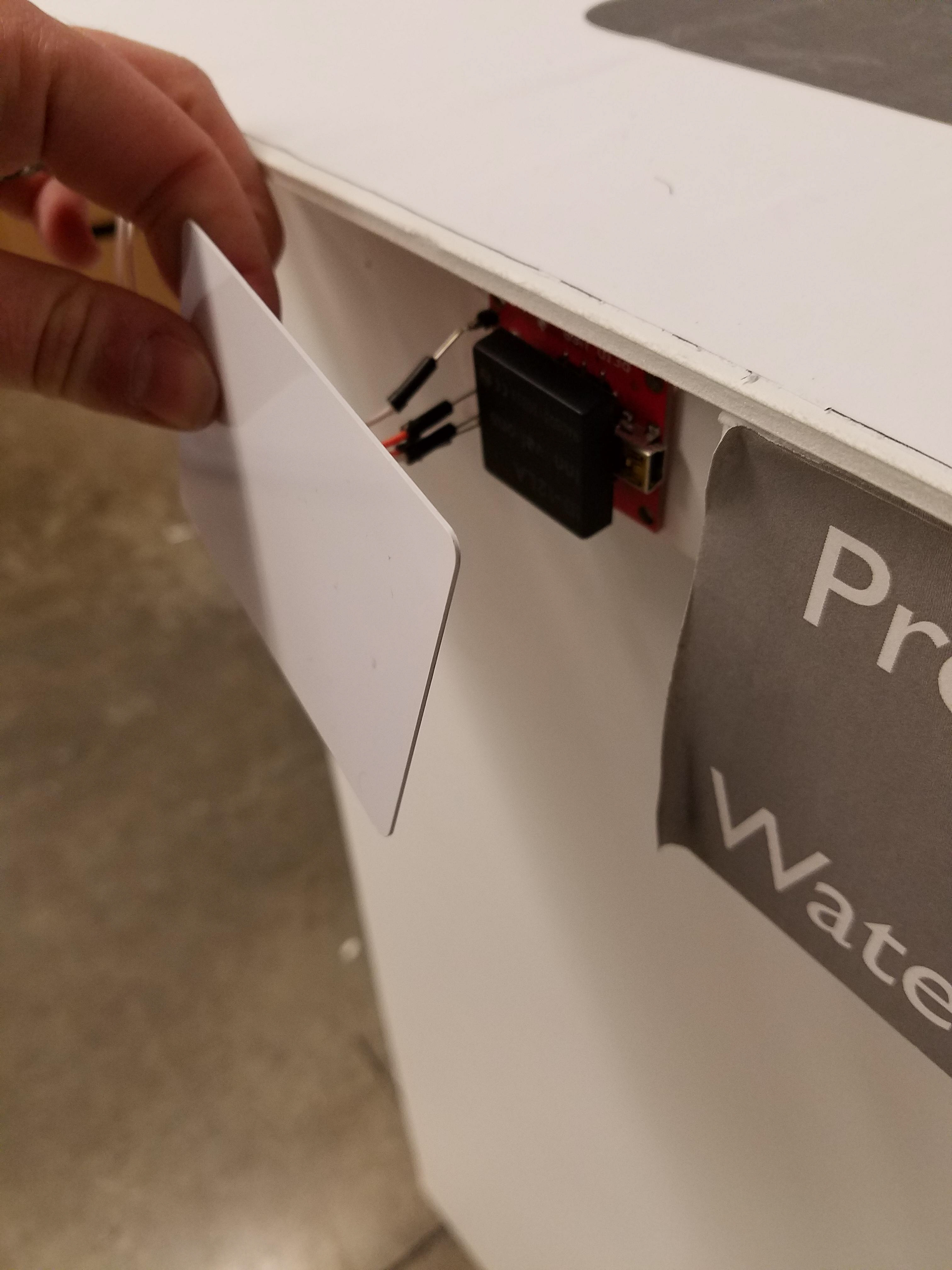
The below flow chart highlights what our prototype goals with this collaborative project through these first 3 iterations.

User Testing
To test the interaction I had several participants run through the hand-wash flow. I asked them to talk-aloud and verbalize their thought process and then conducted a short follow-up interview regarding their thoughts on the system.

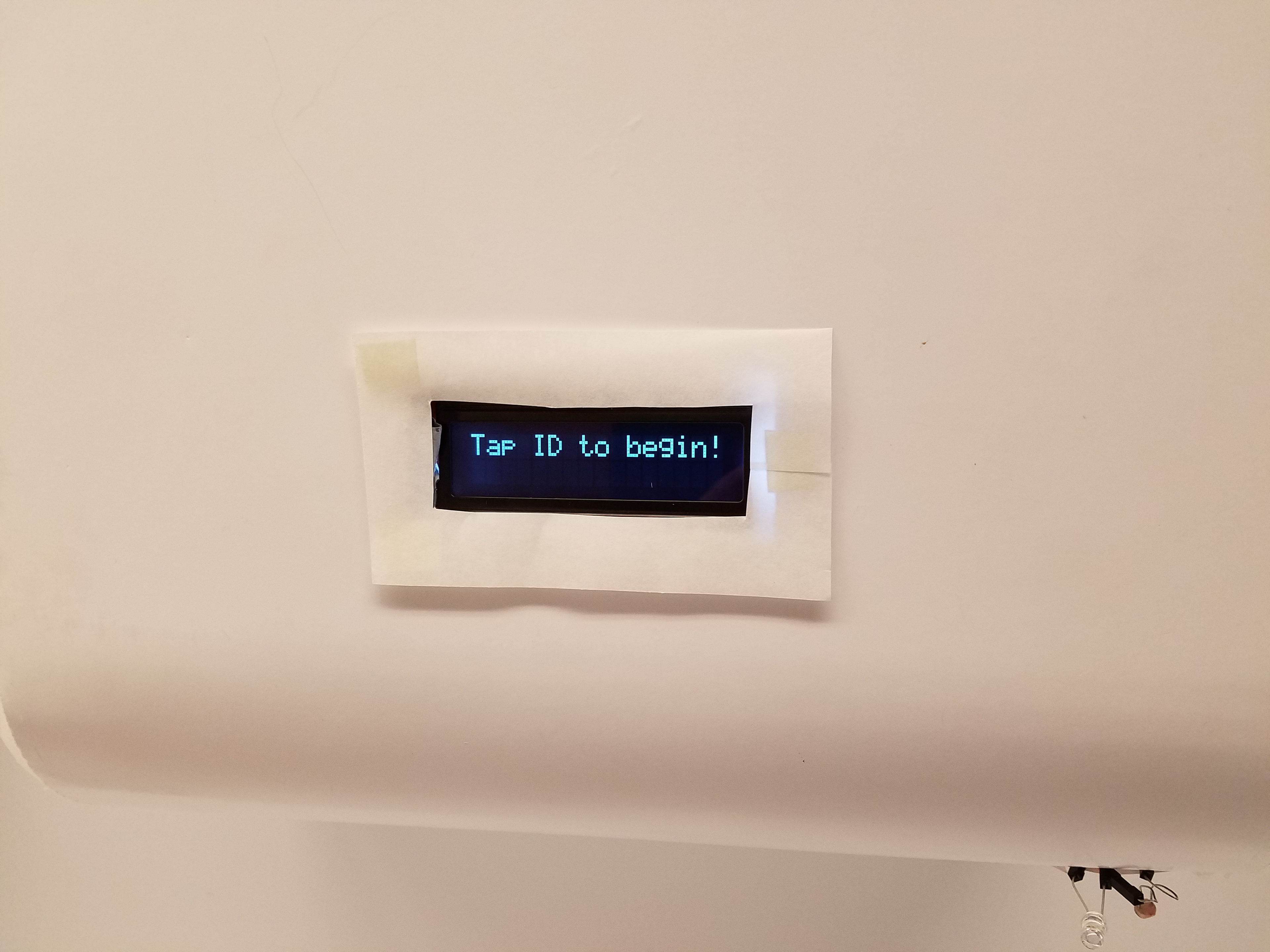
User Testing Results
- Users generally had a positive impression of the concept of guided handwashing. However, in practice they admitted they would have to grow accustomed to adapting their timings to the Chick-Fil-A specifications.
- The fact that there were lights on the sink components and lights on the central icon panel were confusing for users. They didn't know with stimuli to really focus on. It was decided that a central display would be ideal.
There was concern about the idea of tracking records of handwashes using this system. Employees might see this as punitive.
More robust sensors would need to be used because false positives and negatives were common and light sensors were not reliable.
Second Semester Updates and Further Collaboration with Chick-Fil-A

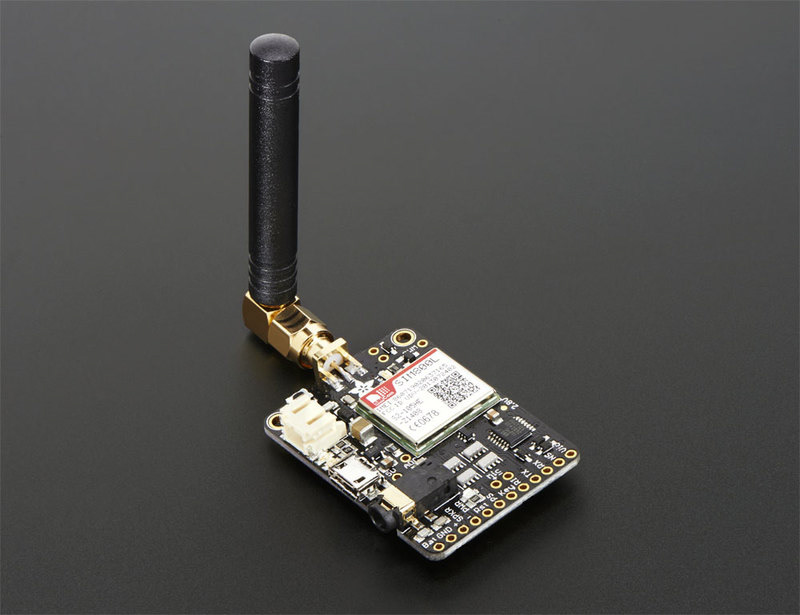

To this end, the light sensors were replaced with much more reliable ultrasonic sensors. The light sensors had to go through repetitive calibration to ambient conditions and would trigger if the conditions changed slightly. Ultrasonic sensors did not have this problem and were more accurate and could be activated more easily that IR sensors.
The central display panel with the wash step icons was Kept, while the LEDs at the individual sink components were removed, in accordance with user test results.
The Adafruit Fona module was added in order to fulfill the goal of communicating with mobile devices. Using 2g data transmission, specific text messages regarding the results of a handwash cycle could be send to a phone or application server for data collection and processing. This is demonstrated in the videos below.
